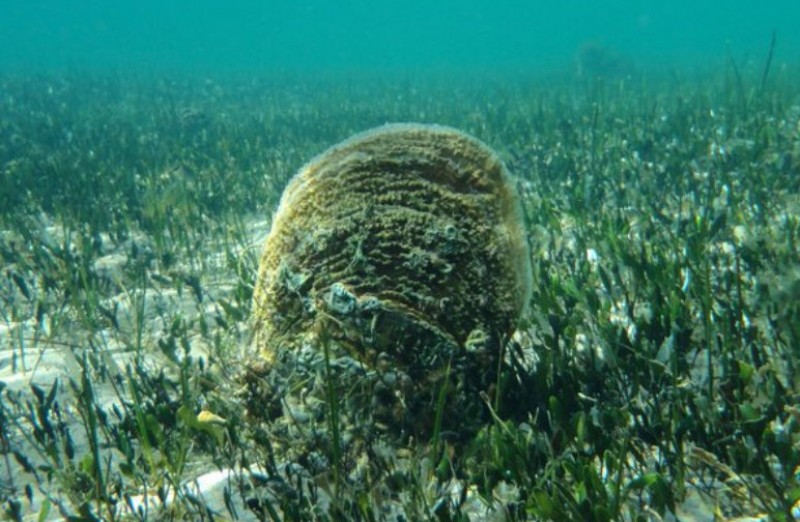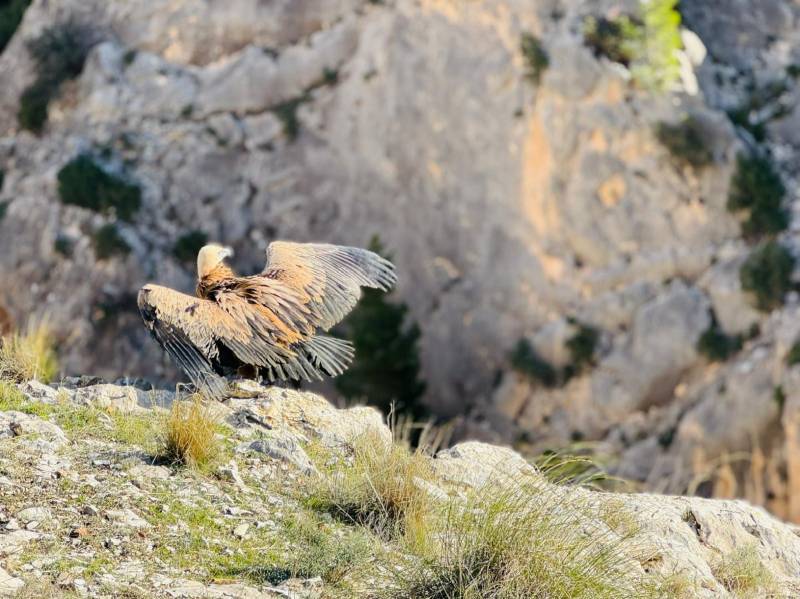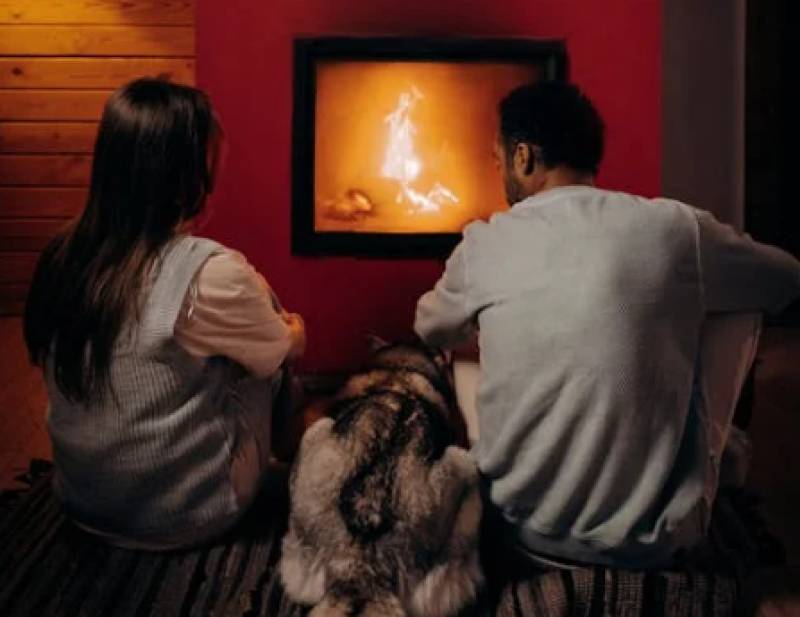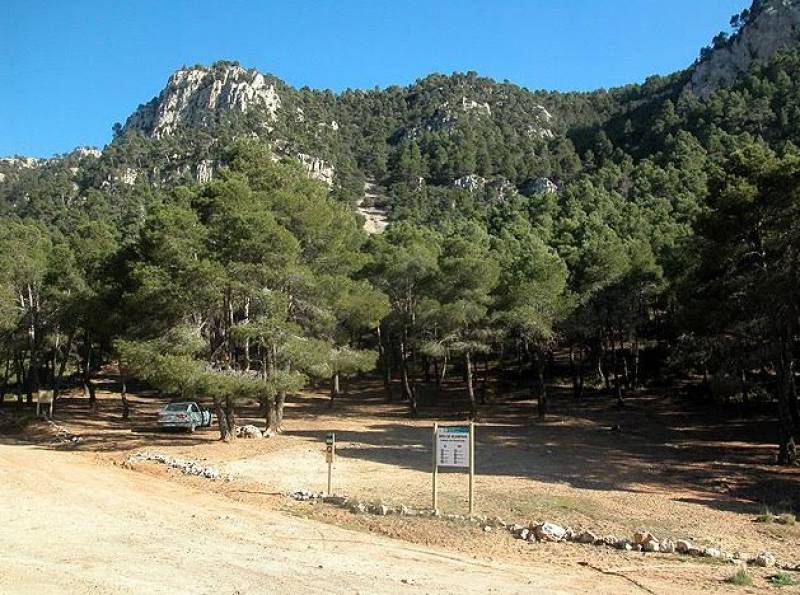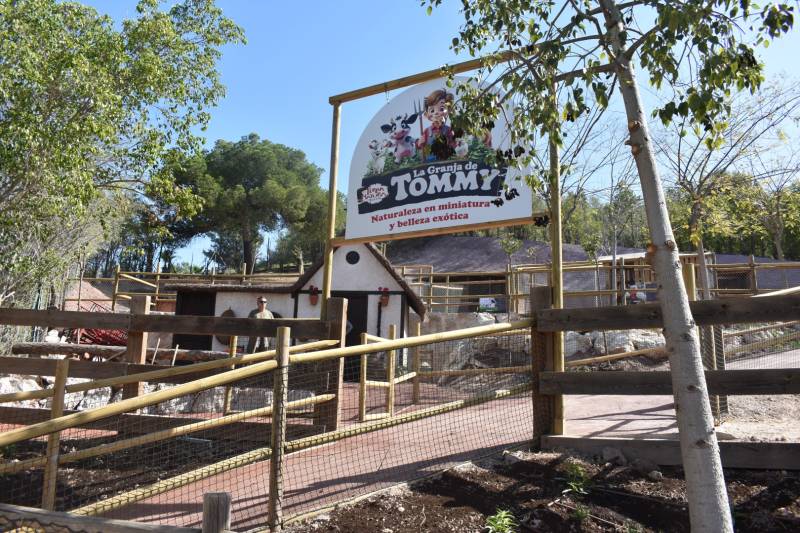- Region
- Águilas
- Alhama de Murcia
- Jumilla
- Lorca
- Los Alcázares
- Mazarrón
- San Javier
-
ALL AREAS & TOWNS
- AREAS
- SOUTH WEST
- MAR MENOR
- MURCIA CITY & CENTRAL
- NORTH & NORTH WEST
- TOWNS
- Abanilla
- Abarán
- Aguilas
- Alamillo
- Alcantarilla
- Aledo
- Alhama de Murcia
- Archena
- Balsicas
- Blanca
- Bolnuevo
- Bullas
- Cañadas del Romero
- Cabo de Palos
- Calasparra
- Camping Bolnuevo
- Campo De Ricote
- Camposol
- Canada De La Lena
- Caravaca de la Cruz
- Cartagena
- Cehegin
- Ceuti
- Cieza
- Condado de Alhama
- Corvera
- Costa Cálida
- Cuevas De Almanzora
- Cuevas de Reyllo
- El Carmoli
- El Mojon
- El Molino (Puerto Lumbreras)
- El Pareton / Cantareros
- El Raso
- El Valle Golf Resort
- Fortuna
- Fuente Alamo
- Hacienda del Alamo Golf Resort
- Hacienda Riquelme Golf Resort
- Isla Plana
- Islas Menores & Mar de Cristal
- Jumilla
- La Azohia
- La Charca
- La Manga Club
- La Manga del Mar Menor
- La Pinilla
- La Puebla
- La Torre
- La Torre Golf Resort
- La Unión
- Las Palas
- Las Ramblas
- Las Ramblas Golf
- Las Torres de Cotillas
- Leiva
- Librilla
- Lo Pagan
- Lo Santiago
- Lorca
- Lorquí
- Los Alcázares
- Los Balcones
- Los Belones
- Los Canovas
- Los Nietos
- Los Perez (Tallante)
- Los Urrutias
- Los Ventorrillos
- Mar De Cristal
- Mar Menor
- Mar Menor Golf Resort
- Mazarrón
- Mazarrón Country Club
- Molina de Segura
- Moratalla
- Mula
- Murcia City
- Murcia Property
- Pareton
- Peraleja Golf Resort
- Perin
- Pilar de la Horadada
- Pinar de Campoverde
- Pinoso
- Playa Honda
- Playa Honda / Playa Paraíso
- Pliego
- Portmán
- Pozo Estrecho
- Puerto de Mazarrón
- Puerto Lumbreras
- Puntas De Calnegre
- Region of Murcia
- Ricote
- Roda Golf Resort
- Roldan
- Roldan and Lo Ferro
- San Javier
- San Pedro del Pinatar
- Santiago de la Ribera
- Sierra Espuña
- Sucina
- Tallante
- Terrazas de la Torre Golf Resort
- Torre Pacheco
- Totana
- What's On Weekly Bulletin
- Yecla


- EDITIONS:
 Spanish News Today
Spanish News Today
 Alicante Today
Alicante Today
 Andalucia Today
Andalucia Today
ARCHIVED - Giant fan mussels under threat in the Mar Menor as salinity falls
Lower salinity after recent storms has led to a deadly parasite from the Mediterranean spreading to the lagoon
The latest water quality measurements in the Mar Menor show that the level of salinity, one of the key factors in making the lagoon such a unique marine environment and differentiating it as a completely different aquatic habitat from the Mediterranean, continues at just below 38 grams of salt per litre of water.
Not only is this figure significantly lower than has historically been the case since the last quarter of the 20th century, it is also only marginally higher than the measurements in the Mediterranean on the other side of La Manga del Mar Menor, according to data supplied to regional newspaper La Verdad by Ángel Pérez Ruzafa, the spokesman of the Murcia government’s scientific committee overseeing the conditions in the lagoon and a professor of Ecology at the University of Murcia.
To put the latest data into a wider context it is necessary to go back to the 1960s, before the widening of the “gola del Estacio”, one of the channels through which water flows between the two seas. At that point the level of salinity in the Mar Menor was as high as 55 PSU, but in the early 70s, when the project to create the Tomás Maestre marina got off the ground, Sr Maestre was given permission to dredge the gola.
In consequence, suddenly the rate at which water flowed between the seas on either side increased dramatically, and as a result the differential in temperature and salinity was substantially reduced. To say that the effects were noticed from one day to the next would be to stretch a point, but in comparison to the timescale over which the unique ecosystem of the lagoon developed it was radically altered in the blink of an eye.
Within a couple of years the average salinity in the lagoon had dropped from approximately 55 to 45 PSU: in other words, the lagoon was now only 20 per cent more saline than the Mediterranean (as opposed to 45 per cent before the dredging), and the first signs of “Mediterraneanization” began to appear.
The situation has been exacerbated in recent years by gota fría storms and floodwater running off into the Mar Menor. By March 2017 the salinity had fallen to 36.6 PSU before returning to more normal levels of between 42 and 46 in 2018 and most of 2019, but the destructive “gota fría” of last September saw the level plummet almost immediately to 39.
Signs of an incipient recovery were seen after that extreme weather event, but since the second gota fría of the autumn in December and the heavy rain of Storm Gloria two weeks ago the measurements have remained constant: it is calculated that as much as 80 cubic hectometres of fresh water has entered the Mar Menor since September due to the episodes of torrential rain.
Unfortunately, one of the consequences of the drop in salinity is that a parasite named Haplosporidium pinnae has been detected for the first time in the Mar Menor. This is the organism which has been responsible for the giant fan mussel (Pinna nobilis) having been almost eradicated from the Mediterranean, with significant populations in Spanish water having survived only in the Mar Menor and the delta of the Ebro in Catalunya: the higher levels of salinity have hitherto made it impossible for the parasite to reproduce, making the mussels safe.

Now, though, eight specimens in the Mar Menor have been found to be suffering the effects of Haplosporidium pinnae, and after Storm Gloria almost obliterated the Ebro delta there must be doubts over whether the fan mussel will continue to exist in the wild.
In general, regional government sources in Murcia affirm that the fan mussels of the Mar Menor remain healthy, but the monitoring of the molluscs has been stepped up and is now being performed on a daily basis. Should any further significant deterioration be observed healthy mussels will be transferred to the University of Murcia aquarium and others including one at the Imida centre and another in San Pedro del Pinatar.
The eight mussels affected are among 58 on which biopsies were performed between 18th November and 1st December, and are located close to Pueblo Cálido, the Isla del Barón and La Perdiguera.
The fan mussel has hurriedly been declared to be at “critical” risk of extinction, and is causing more concern than, for example, the Iberian lynx and the capercaillie, both of which are heavily protected and supported by extensive breeding campaigns.
After 5 million years in the Mediterranean the fan mussel population started to be decimated by the parasite only a few years ago, and now hardly any remain. In the Mar Menor, where they only arrived after the dredging of the Gola del Estacio, the figure had dwindled to approximately 4,000 after the eutrophication of the lagoon in 2016 and to under 1,000 after the “gota fría” storm of last September.
The Pinna nobilis began to colonize the Mar Menor after the Gola del Estacio was widened, and long prior to that the fascinating creature had been used by Man as a source of sea silk, which comes from the “byssus” by which the mussel attaches itself to the sea bed. When these filaments are treated with lemon juice they turn gold in colour and never fade, and the cloth produced is even finer than silk.
At the same time, though, it is very light and warm, and this made it a luxury material for ladies’ gloves and stockings: some even believe that the byssus was used to wrap mummies in Ancient Egypt!
Images: MarMenorKO (Twitter)
Follow Murcia Today on Facebook to keep up to date with all the latest news, events and information in the Region of Murcia and the rest of Spain: https://www.facebook.com/MurciaToday/
Cartagena
El Carmoli
Islas Menores and Mar de Cristal
La Manga Club
La Manga del Mar Menor
La Puebla
La Torre Golf Resort
La Union
Los Alcazares
Los Belones
Los Nietos
Los Urrutias
Mar Menor Golf Resort
Pilar de la Horadada
Playa Honda / Playa Paraiso
Portman
Roldan and Lo Ferro
San Javier
San Pedro del Pinatar
Santa Rosalia Lake and Life resort
Terrazas de la Torre Golf Resort
Torre Pacheco
Aledo
Alhama de Murcia
Bolnuevo
Camposol
Condado de Alhama
Fuente Alamo
Hacienda del Alamo Golf Resort
Lorca
Mazarron
Puerto de Mazarron
Puerto Lumbreras
Sierra Espuna
Totana
Abaran
Alcantarilla
Archena
Blanca
Corvera
El Valle Golf Resort
Hacienda Riquelme Golf Resort
Lorqui
Molina de Segura
Mosa Trajectum
Murcia City
Peraleja Golf Resort
Ricote
Sucina
Condado de Alhama
El Valle Golf Resort
Hacienda del Alamo Golf Resort
Hacienda Riquelme Golf Resort
Islas Menores and Mar de Cristal
La Manga Club
La Torre Golf Resort
Mar Menor Golf Resort
Mazarron Country Club
Mosa Trajectum
Peraleja Golf Resort
Santa Rosalia Lake and Life resort
Terrazas de la Torre Golf Resort
La Zenia
Lomas de Cabo Roig

CAMPOSOL TODAY Whats OnCartagena SpainCoronavirusCorvera Airport MurciaMurcia Gota Fria 2019Murcia property news generic threadWeekly Bulletin









